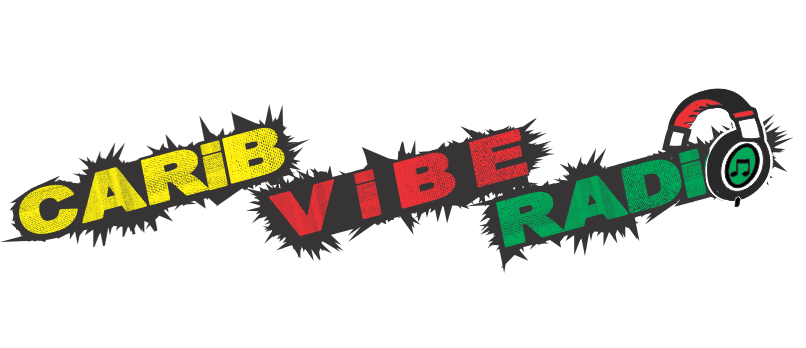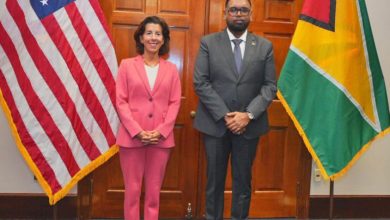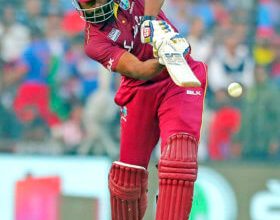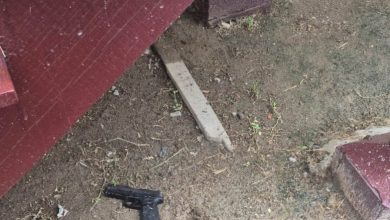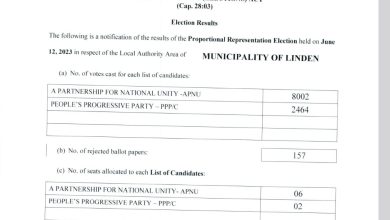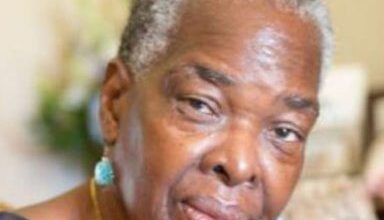Make your choice
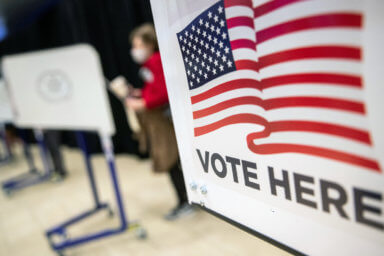
After rolling out ranked-choice voting in special elections in Queens and the Bronx earlier this year, it will be used across New York City in the upcoming June 22 primary.
In fact, it has already had an impact on how candidates have campaigned. There have been fewer negative attacks on opposing candidates, as candidates fear possibly alienating another candidate’s voter base.
It has also forced people to endorse not only their first choices for an elected office but also their second and sometimes even third choices for the seat. The nature of ranked-choice voting has shifted how campaigns operate.
The race for mayor, example, is expected to be extremely close — with no one candidate probably winning more than 25 percent of the vote on the first-choice ballot. The candidate who can garner the most second-choice votes may come out on top.
It is a unique race just in terms of how candidates are having to vie for second-choice votes as well as first-place votes.
The reason ranked-choice voting was implemented was so that voters have more of a voice in who is elected. Being able to rank candidates allows for voters to have more representation. Voters can still just vote for one candidate if they choose to. This is also known as a bullet ballot.
In the end, ranked-choice voting is a win for voters. Think of a normal election where a candidate wins with, let us say, 37 percent of the vote. That leaves 63 percent of voters unsatisfied.
Ranked-choice voting helps remedy that issue, giving voters more say which is always a positive — and giving a majority of New Yorkers representatives they can call their own.
Regardless of how you vote in the June 22 primary, if you are eligible to participate in it, please do so.
Voting is not a civic duty exercised once every four years. The local elections count just as much as any presidential election — and, in many respects, are more impactful on our daily lives.
We’re electing a new slate of executives and representatives who will be tasked with leading the city’s post-COVID recovery, along with tackling all other issues we take for granted — from public safety to school curricula, from rezoning to trash collection, from road repair to public transit, and everything in between.
Make your choice, and make it count!
